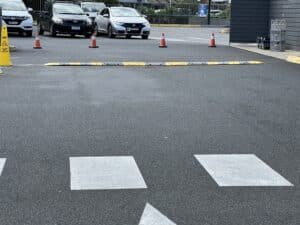
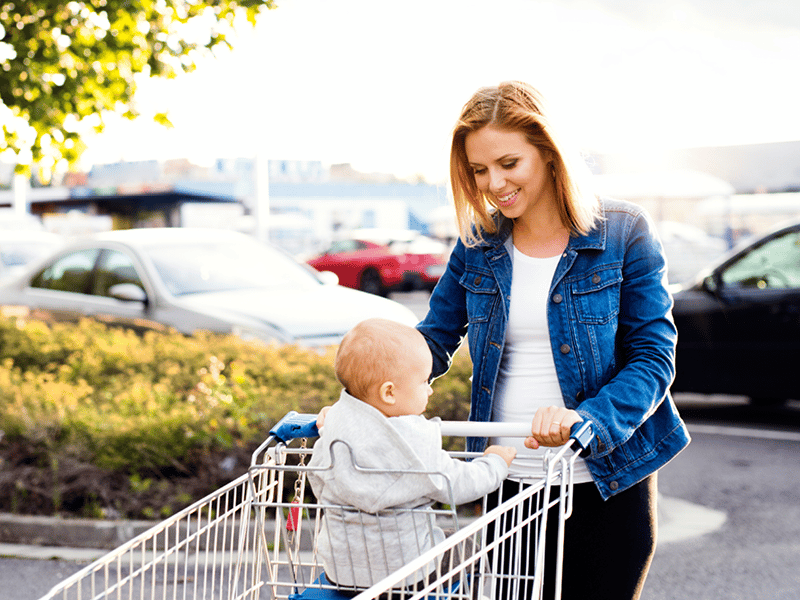
To keep kids safe when they enter and leave your venue, childcare carpark safety is an essential WHS component that every business owner needs to address.
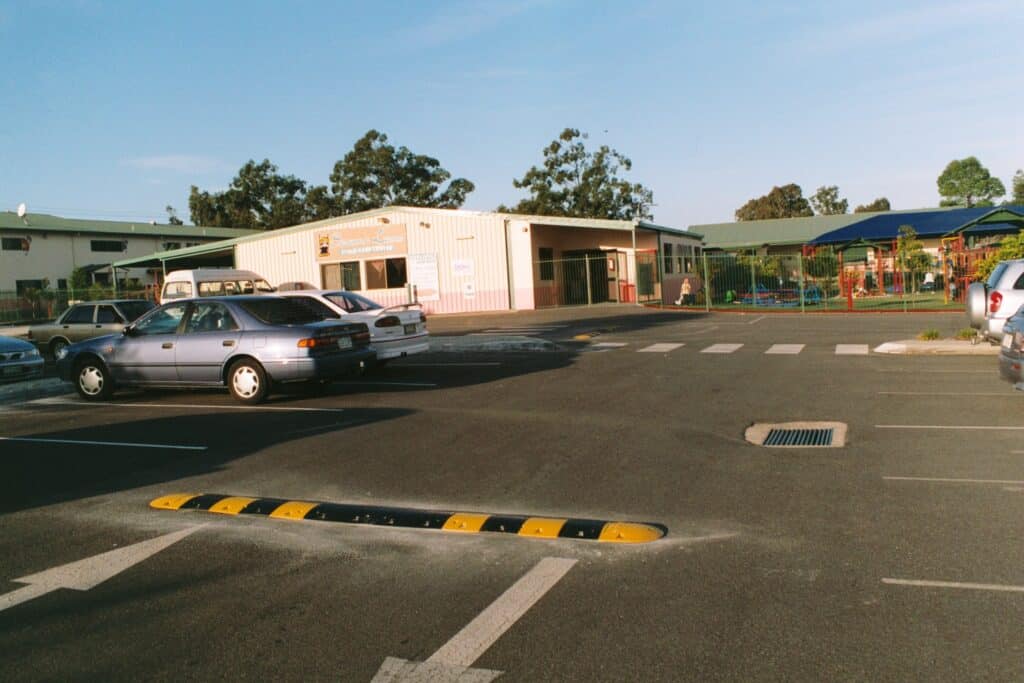
In Australia, the childcare industry is big business. With a market size worth over $14 billion dollars and employing close to 200,000 people, there’s around 13,500 childcare businesses in operation right around the country, with more on the way.
Despite the lifestyle changes that we’ve all experienced thanks to the pandemic, revenue generated from childcare services is still expected to increase at 2.1% over the next five years. In addition to this, the incoming Labor government has also made a point of prioritising the childcare industry, and has committed to investing an eye watering $5.4 billion dollars by July 2023 to make childcare cheaper for both families, and the providers.
While many parts of the industry are set to change, there’s one thing that will be sure to remain a priority in the years to come: childcare carpark safety. Every day, thousands of Australian families entrust childcare providers to look after their kids in their absence, and that includes ensuring that the area used for pick ups and drop offs is just as safe as the building itself.
Let’s face it—childcare drop-offs and pick-ups can be a bit chaotic. You’re juggling bags, prams, and a toddler who’s decided now is the perfect time to demonstrate their independence. In the midst of all this, it’s easy to overlook the fact that the childcare carpark can be a risky place. But with a few simple precautions, we can all help make it a lot safer for our little ones.
Childcare carparks are busy places, especially during those hectic drop-off and pick-up times. You’ve got cars reversing, kids running around, and parents in a rush to get on with their day. It’s a perfect storm for potential accidents. The truth is, it only takes a moment of distraction for something to go wrong.
Kids, especially the younger ones, aren’t always great at recognising danger. They might dart out from between cars or run off to greet a friend. And let’s be honest—sometimes we’re not as focused as we should be, either. That’s why it’s so important to stay mindful of safety in these spaces.
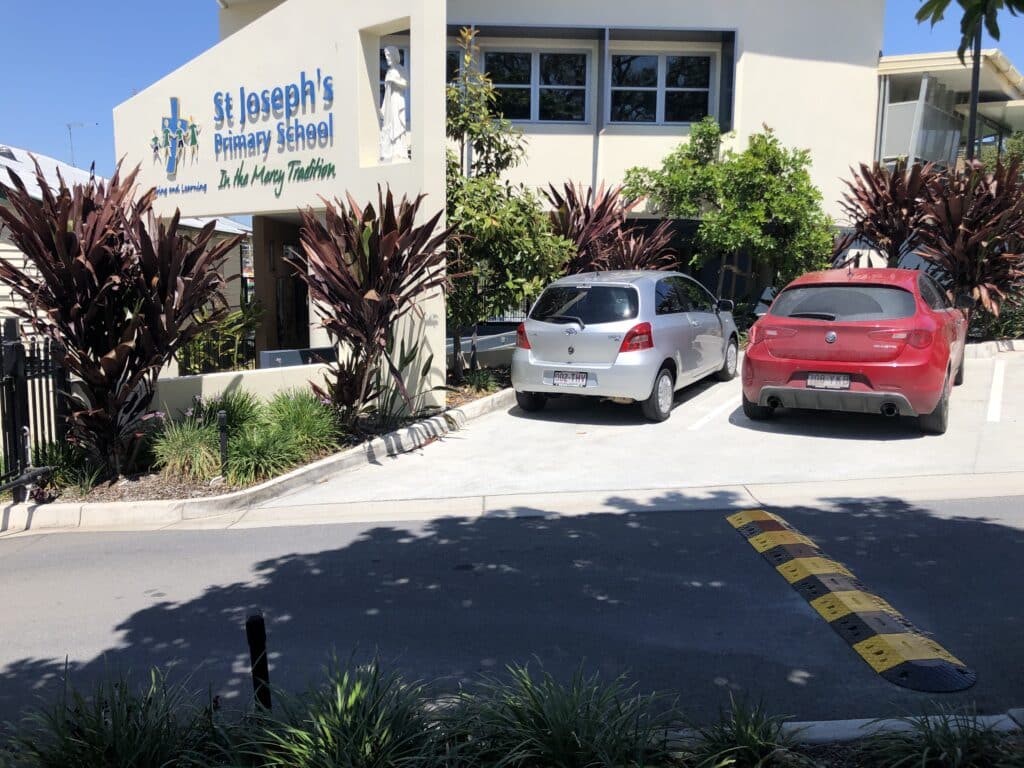
So, what exactly makes childcare carparks risky? Here are a few of the common issues:

Now, let’s talk about what we can do to make childcare carparks safer for everyone involved:
Even young children can start learning basic safety rules. Things like holding hands, staying close, and looking both ways before stepping into the carpark. Sure, it might take a while for these habits to stick, but it’s never too early to start teaching them.
Most childcare centres have areas specifically for drop-offs and pick-ups. These zones are designed with safety in mind, so it’s best to stick to them. Parking in random spots might seem convenient, but it can create unnecessary hazards for everyone.
As soon as you enter the carpark, reduce your speed and keep your attention on what’s happening around you. Avoid distractions like your phone (or the chaos in the back seat) and focus on driving carefully.
Things like speed humps, rumble strips, and pedestrian crossings are there for a reason. Use them! Drivers should respect these features, and if you’re on foot, make sure to use the pedestrian crossings rather than cutting through the carpark.
If your schedule allows, try dropping off or picking up your child a bit earlier or later than the busiest times. Less traffic means a safer, easier experience for everyone.
If something doesn’t seem right—whether it’s poor lighting, unclear signage, or broken speed humps—let the childcare centre know. They can’t fix a problem they don’t know about, and your feedback could prevent a future accident.
It might be tempting to dash back to the car for a forgotten item, but it’s never worth the risk. Keep your child with you at all times when you’re in the carpark. If you need to return to the car, bring them along.
If your car has a rear-view camera or parking sensors, use them! These tools can help you spot a small child who might be in your blind spot when reversing.
Every childcare carpark has its own set of rules—speed limits, no-parking zones, and specific drop-off procedures. Stick to these rules to help keep everyone safe.
Kids watch and learn from what we do. By practising good carpark safety habits—like using pedestrian crossings and driving courteously—you’re setting a positive example for your child to follow.
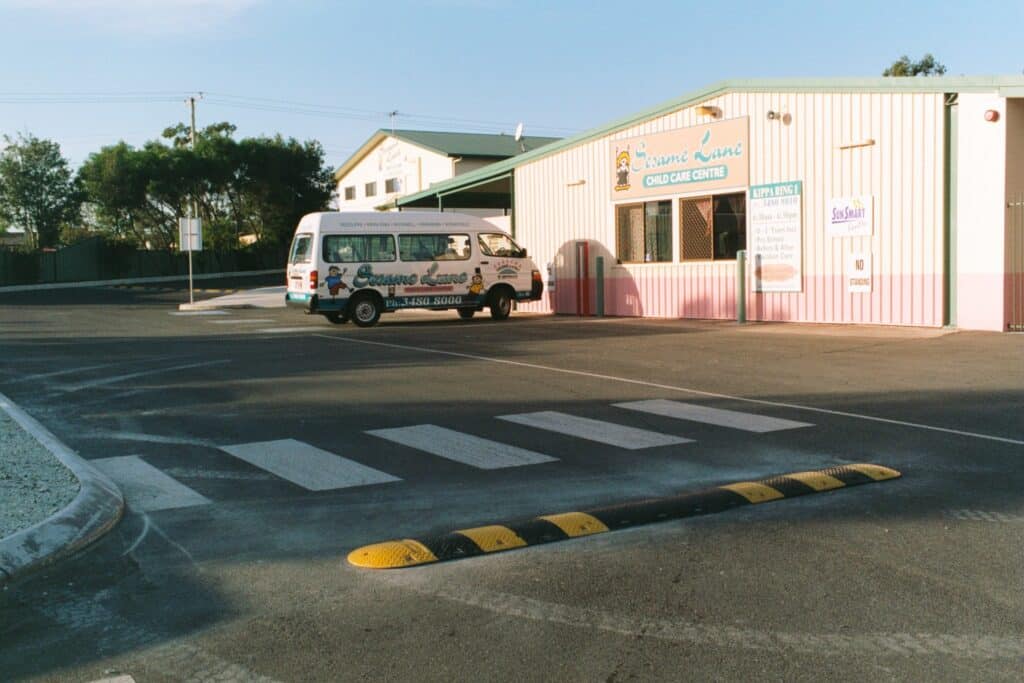
While parents and caregivers play a huge role in carpark safety, childcare centres also have a part to play. Here’s how they can help:
Carpark safety might not be the first thing on your mind during the morning rush, but it’s an important part of keeping our kids safe. By staying alert, following the rules, and teaching our children about the dangers, we can all help make childcare carparks safer for everyone.
So, next time you’re dropping off or picking up your little one, take a moment to think about safety. A few small actions can make a big difference in preventing accidents and ensuring that everyone gets in and out of the carpark without a hitch. Let’s work together to keep our children safe!
At Speed Humps Australia, we’ve spent more than 20 years focusing on one thing: to provide one style of product, and to do it exceptionally well. We have worked tirelessly to develop specifications that do not fade or deteriorate, are easy to install, and are made from high-quality, recycled rubber for minimal environmental impact.
With just a handful of our clients around the nation including KFC, McDonalds, Taco Bell, Westfield, Shell and numerous Local Governments, our rumble bars, speed humps and wheel stops have been designed to truly go the distance.
As our design and production is all handled in house and supplied Australia wide, get in touch with us today to request a quote or discuss how we can help with providing a tailored solution to your unique project requirements.

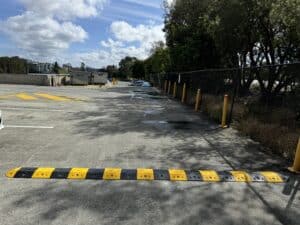

For 10 years, our focus has been on one thing: to provide one style of product and to do it well.
Our wheel stops, speed humps and rumble bars meet Australian Standards, don’t fade, and we’ve never needed to replace one.

For 10 years, our focus has been on one thing: to provide one style of product and to do it well.
Our wheel stops, speed humps and rumble bars meet Australian Standards, don’t fade, and we’ve never needed to replace one.